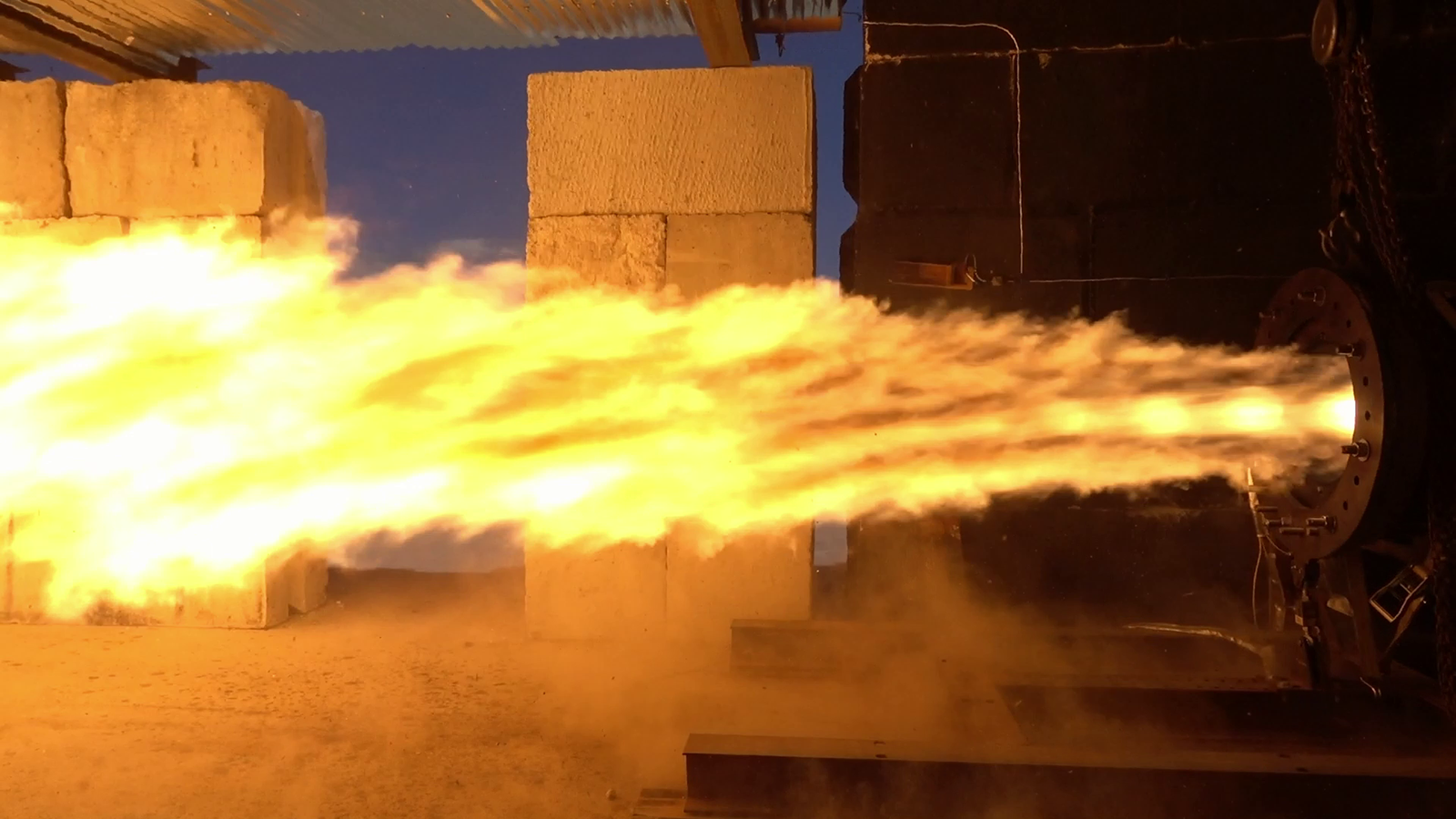Stay Up to Date
Submit your email address to receive the latest industry and Aerospace America news.
The Hybrid Rockets Technical Committee studies techniques applied to the design and testing of rocket motors using hybrid rocket systems.
Stanford University researchers throughout the year continued exploring the viability of using laser igniters in hybrid propulsion applications. They embedded samples of Poly(methyl methacrylate) with small concentrations of graphitic blackener and then ignited them using a 1,064-nanometer laser in a downsized hybrid motor. Preliminary studies demonstrated the efficacy of ignition through blackener particles sized on the order of 20 microns and fuel mass concentrations between 0.5% and 1%. They produced critical measurements for the ignition onset delay and the capacity of fuels to ignite based on oxidizer flow and blackener concentration and size. Their work provided qualitative and quantitative arguments to justify the use of laser igniters in hybrid systems.
In the field of biofuels, bluShift Aerospace in March for the first time tested its full-scale MAREVL hybrid engine at its test site in Brunswick Landing, Maine. Powered by a carbon-neutral, nontoxic biofuel, a single MAREVL could power bluShift’s suborbital-to-space launch vehicle, Starless Rogue, to beyond 100 kilometers in altitude while carrying up to 30 kilograms of payload. After securing its first ongoing launch contract with Virginia-based MaxIQ Space last year, bluShift throughout the year secured $9 million in commitment letters. If all goes as planned, the company will conduct its first commercial launch of Starless Rogue by the end of 2023 and, concurrently, qualify as a launch provider for NASA’s Flight Opportunities program.
Also in March, HyImpulse of Germany rolled out its 14-meter-long suborbital sounding rocket, SR75. This vehicle was made available to customers seeking to perform microgravity experiments and atmospheric research and has served as a flying testbed to qualify several technologies for its 27-meter-long Small Launcher, or SL1. The first suborbital demonstration flight is slated to take place next year. Successive flights would launch up to 350-kilogram payloads to a peak altitude of 200 kilometers while providing up to 300 seconds of simulated microgravity conditions.
U.K.-based startup Pulsar Fusion continued development of its hybrid rocket engine, based on nitrous oxide and high-density polyethylene, following late 2021 ground tests in Gstaad, Switzerland. In April, Pulsar struck a deal with the Swiss Federal Institute of Technology in Zürich to carry “clean-energy” nuclear fusion reactors into space via this hybrid engine. Should this effort be brought to fruition in 2027 as planned, it could mark another milestone in humanity’s desire to achieve interplanetary travel.
Several launches of hybrid rockets occurred this year. One such launch corresponded to the HTTP-3A sounding rocket from the Taiwanese space transport research organization, namely, the Advanced Rocket Research Center. In July, ARRC completed flight testing of a hybrid sounding rocket with active guidance and control, after achieving its first hybrid rocket hovering flight test in 2020. During these test flights, ARRC characterized the performance of the HTTP-3A second stage. The flights also marked the center’s first hybrid rocket operation with active guidance, navigation and control capability.
Contributors: Sascha Deri, Chongsin Gou, Veronika Korneyeva and Jong-Shinn Wu
Stay Up to Date
Submit your email address to receive the latest industry and Aerospace America news.




